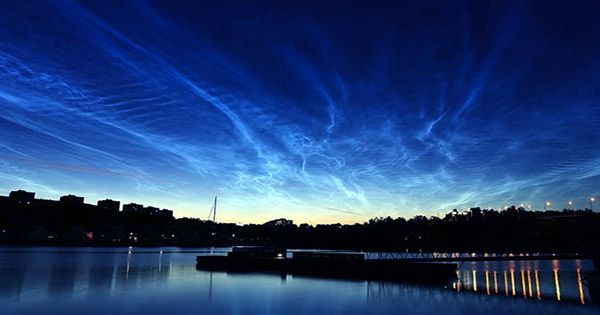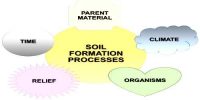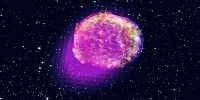Once rare, but now becoming increasingly common, nocturnal, or “night waking”, the clouds are located in the upper part of the Earth’s atmosphere, ten kilometers above the weather clouds at medium latitudes. As the lower atmosphere warms up in the summer months, the air propagates upwards where it expands and cools in the mesosphere, about 60 kilometers (50 miles) above sea level.
If there is enough water vapor this winter, it will freeze around meteorological dust, producing intelligent and rolling clouds. Although less visible during daylight, as the sun sinks below the horizon, its light is reflected by high-altitude clouds, which illuminate events against the dark sky.
In late June, astronomers Oli Taylor spread the summer phenomenon over a twelfth-century church in Dorset, on the south coast of the UK, from 2:30 a.m. local time, pictured above.
Taylor said in a statement, “It was a great night of the shooting. The evening was greeted by local clouds in the south of England already wishing I had seen well than this location.”Electric blue fog complements landscapes and cowardly structures.”
Night burning clouds were first observed by humans in 1868, two years after the Krakatoa volcano in Indonesia (a key element in cloud formation) released large amounts of water vapor into the air in 1885. In subsequent years, clouds were only spotted from a certain location every few decades, but they soon became more regular features of summer nights.
A 2018 study published by the American Geophysical Union concluded that increasing visibility of nocturnal clouds has reduced the impact of humanity on the climate. Extraction and combustion of fossil fuels release greenhouse gases into the atmosphere, including methane, which produces water vapor at high altitudes. Since 1871, the report has seen a 40 percent increase in water vapor at 80 kilometers (50 miles) high in mid-north latitudes, which means there is now a good chance of seeing clouds several times each summer.
In some truly breath-taking images from the ground to space, people capture the glowing wonders of the night. Even astronauts have seen feather patches while on the International Space Station. Because the conditions for the formation of nocturnal clouds are so specific that they are difficult to predict a few hours in advance, interested observers are trying to share any tip-offs across the web. If you don’t see them in person, thankfully, the images alone are enough to soothe the soul.
















